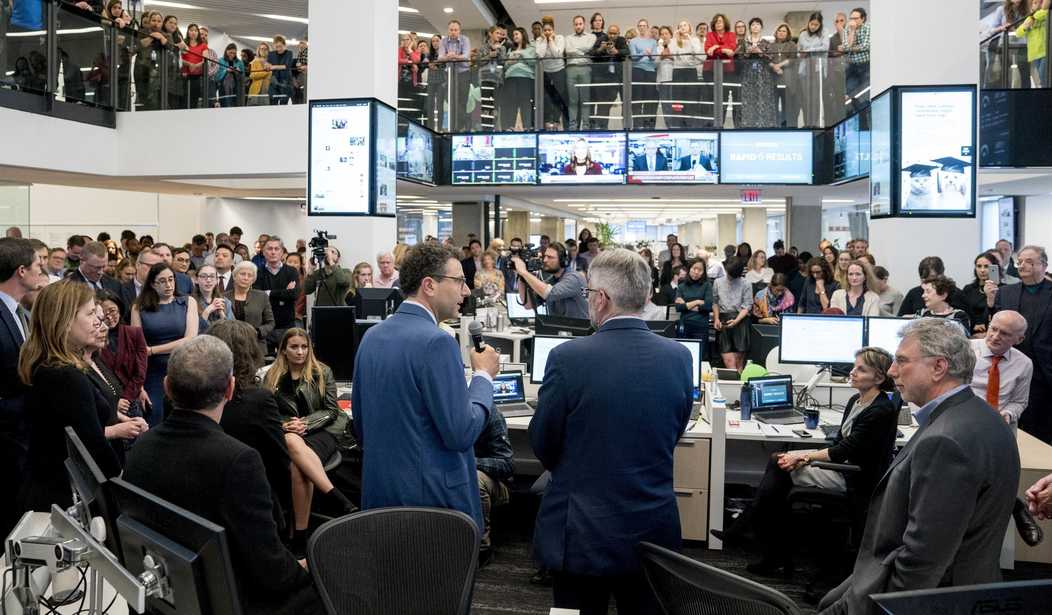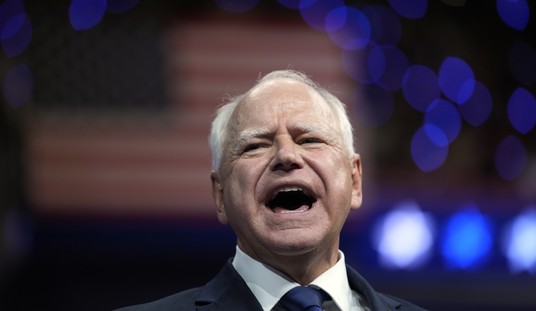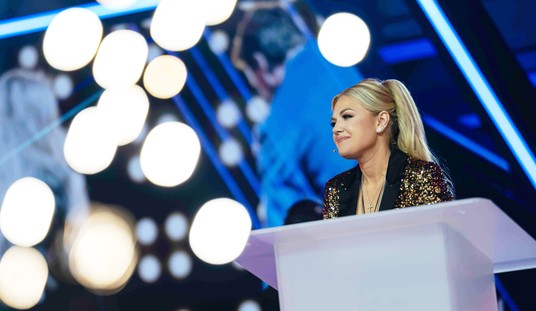Once again I’m diving in to Jeff Gerth’s massive Columbia Journalism Review story on the media’s roll in creating the Trump-Russia collusion narrative. Gerth’s 24,000 word piece is broken into four parts so I’m covering each one and attempting to highlight some of the most striking parts but needless to say it’s all worth reading.
Part one was mostly about how Hillary Clinton and Fusion GPS got the collusion story started. Part two focused on the publication of the Steele dossier and some of the many stories that followed leading up to Trump’s firing of FBI Director Comey.
The entire story focuses on just three major news outlets: The NY Times, the Washington Post and CNN. Gerth did that because he found those outlets, especially the first two, were driving most of the collusion news and everyone else was following their lead.
In part three of his story, Gerth picks up where he left off with the media aftermath from the firing of Comey. Here again, you get the sense that the NY Times in particular is spinning the news rather than reporting it.
Trump sat down two days later for an interview with Lester Holt, the Nightly News anchor for NBC.
But instead of tamping down the controversy, it fanned the Russia flames for the media. A tweet from the show on May 11 set the narrative for the Holt interview: “Trump on firing Comey: ‘I said, you know, this Russia thing with Trump and Russia is a made-up story.’” Those few words, by suggesting Comey’s firing was aimed at getting the FBI inquiry off his back, provided fresh ammunition to anti-Trumpers.
The full interview, which was available online, presented a more nuanced story, and appeared to reflect what his advisers told him: firing Comey could prolong, not end, the investigation. Trump told Holt, soon after the controversial words, that the firing “might even lengthen out the investigation” and he expected the FBI “to continue the investigation,” to do it “properly,” and “to get to the bottom.”
The media focused on the “Russia thing” quote; the New York Times did five stories over the next week citing the “Russia thing” remarks but leaving out the fuller context. The Post and CNN, by comparison, included additional language in their first-day story. The White House was upset and repeatedly asked reporters to look at the full transcript, according to a former Trump aide and two reporters.
Once out of office, Comey leaked his own memos in an effort to get a special counsel appointed. He also gave congressional testimony in which he shredded the February NY Times story claiming there had been communication between Trump’s camp and Russian intelligence. His conclusion, “it the main, it was not true.” But the Times refused to correct the story and instead blundered into its next big Russia collusion story, the one involving Natalia Veselnitskaya at Trump Tower.
The meeting took place in June 2016 at Trump Tower, and it was prompted by an email from a British PR agent, acting on behalf of the son of a Russian businessman. The message promised incriminating information from the Russian government on Clinton. Trump’s son was eager to receive the dirt: “I love it,” he replied. The Times obtained the material before it was turned over to Mueller…..
For the Times, Trump’s mess was a pot of gold: two of the Times stories about the meeting and the emails were part of its winning Pulitzer Prize package.
In the end, the “I love it” email showed a receptiveness by Trump’s world to dirt from Russia. But the meeting itself was a “flop,” wrote Barry Meier, a former Times reporter, in his book about the Trump dossier, Spooked.
By late October the Post reported that Hillary Clinton had been the ultimate client behind the Steele dossier. Not long after that the Times reported that Peter Strzok had been removed from the Mueller team because of some partisan messages. Gerth’s story points out that while the NY Times initially reported on some of Strzok’s messages they never reported on one that came out a few weeks later.
On January 24, more Strzok texts were released. One was written shortly after Mueller’s appointment; the man leading the FBI inquiry was weighing whether to join him. Strzok was hesitant, he wrote, because “there’s no big there, there.”…
Strzok’s message was cited dozens of times in news stories, including the lead of an article in the Wall Street Journal and further down in a piece by the Washington Post. The Times, however, did not mention the message in a story—that day, or in the coming years.
“We should have run it,” a former Times journalist who was involved in the Russia coverage said. In its statement, the Times said it had reported on the matter “thoroughly and in line with our editorial standards.”
Gerth doesn’t insert his own conclusions into the piece but it seems obvious that the Times was once again riding the collusion gravy train and intentionally sidestepping any evidence that might undercut the narrative they were helping to build. Not surprisingly, the same thing happened with the Times’ coverage of the dueling memos, one written by Republican Rep. Devin Nunes and the other by Democrat Rep. Adam Schiff.
The [Nunes] memo asserted that the dossier formed an “essential part” of the surveillance warrant used against Page, and was “minimally corroborated” by the time of some of the renewals…
The Times, at the start of the piece about the Republican memo, called it “politically charged”; noted, in the next sentence, how it “outraged Democrats”; and did not quote the memo’s allegation of the dossier’s “essential” role in the surveillance. The same day, in a separate piece, the Times again called the GOP memo “politically charged” and quoted the “scathing” criticism by Democrats.
Later that month, the Democrats released their own memo. It said the surveillance warrant “made only narrow use of information from Steele’s sources.” The Times story called it a “forceful rebuttal” to Trump’s complaints about the FBI’s inquiry. In the end, the allegations of abuse by Nunes were confirmed in 2019 when the Inspector General released a report that was a “scathing critique” of the FBI, as the Times told readers at the time.
Part three ends with the Pulitzers the Times and the Post won for their collusion coverage. In 2022, the Pulitzer board reviewed the 2018 awards and concluded that no significant part of any story that received the award had been subsequently undercut so the prizes still stand.








Join the conversation as a VIP Member